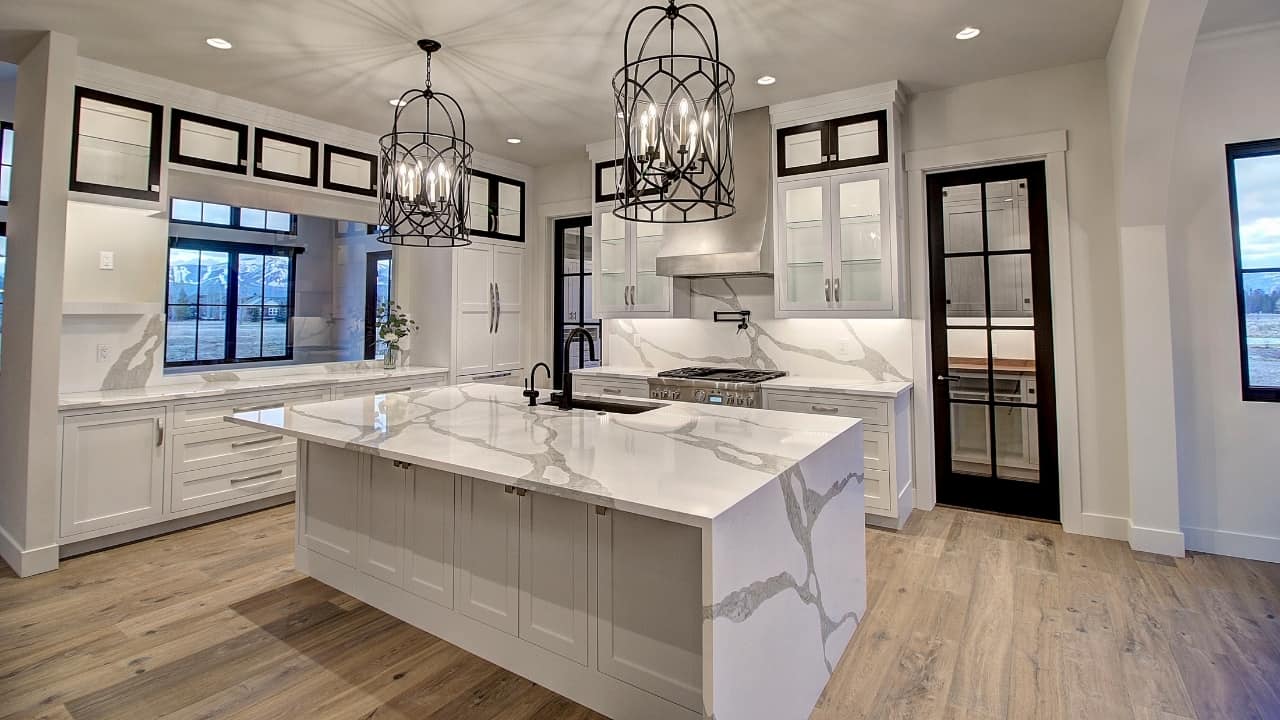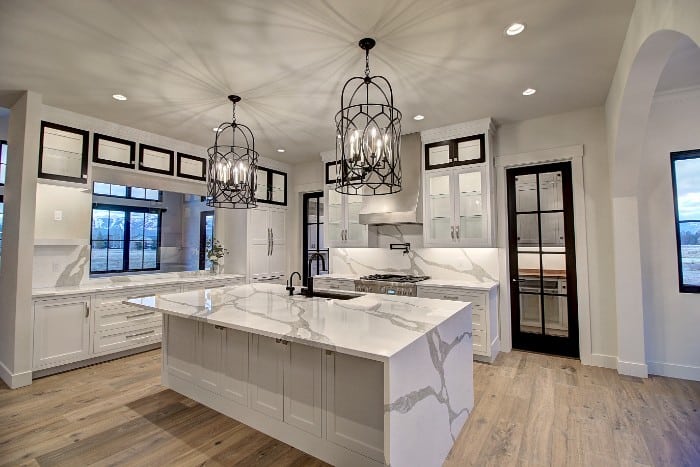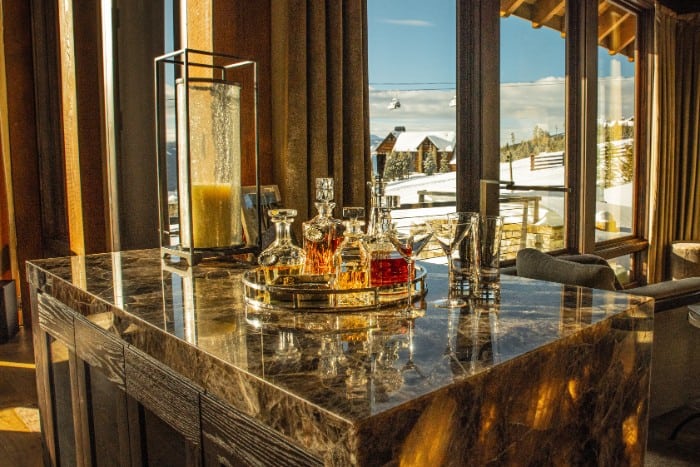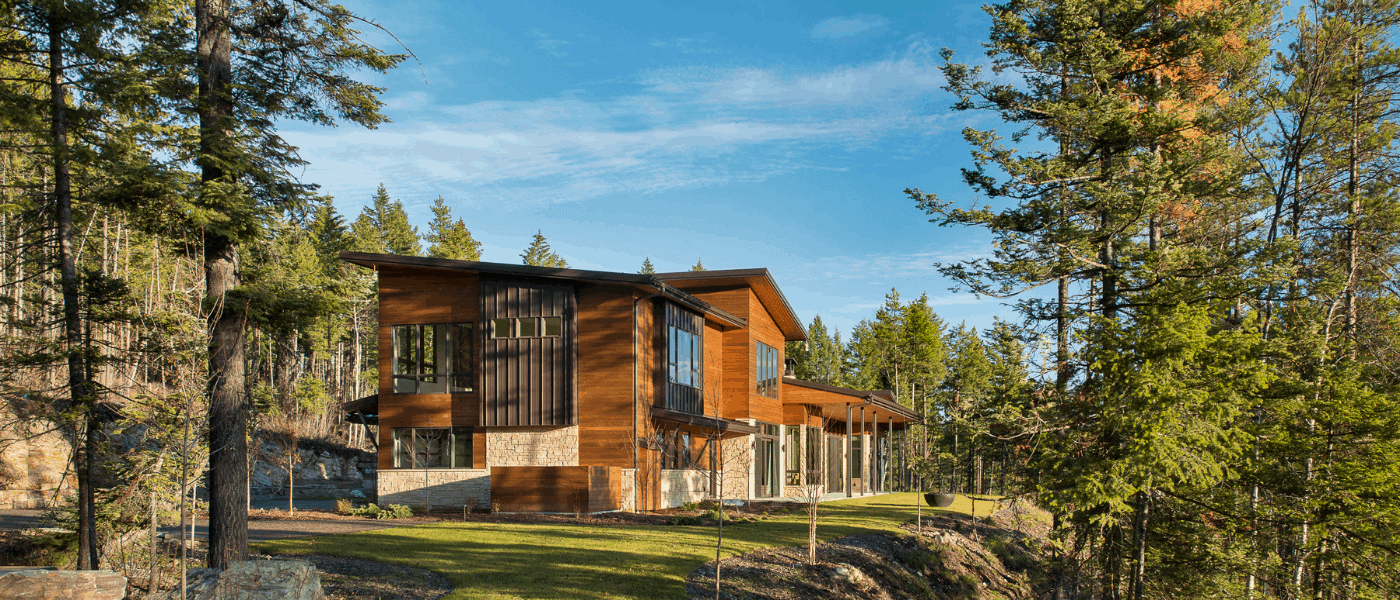
Stone Countertops – Millions of Years in the Making
Your dream home or remodel is close to completion. Flooring and cabinets have already been installed in the kitchen and bathrooms. The cabinet installers have left the job site, and now it’s time for – your countertops. Visit your local slab-yard with your designer to select from an array of megalithic slabs of stone, granite, marble, onyx, and quartz in a variety of colors and patterns. The yard staff are knowledgeable, helping you understand what countertop surfaces function best in these essential rooms. Many homeowners are curious about the stone’s porosity and density. Though those play an important part in the selection, there is more to the story that you may find interesting – a stone’s geological composition. Marble, limestone, and travertine all have substantial amounts of calcium carbonate in their makeup. This mineral reacts poorly with acidic liquids like red wine or citrus, often causing the surface to etch.
Image courtesy of Glacier Marble and Granite Inc.
Granite or Natural Stone Quartzites like Onyx have small amounts or no calcium carbonate, making them ideal for environments that might experience acidic liquids – popular for kitchen counters.
Most stone slabs fall into three categories:
Granite – an igneous stone formed by volcanic activity and pressure beneath the earth’s surface millions even billions of years ago. The longer this magma takes to cool – the larger the desired quartz, feldspar, and mica crystals grow. Fantastic for kitchen islands, even walls.
Image courtesy of Montana Tile & Stone
Marble – a metamorphic rock, was created from crystallizing limestone overtime under immense heat and pressure over the course of 250 to 540 million years. Marble is luminous composed of interlocking mosaic of carbonate crystals, making it a favorite for bathrooms, walls, and Michelangelo.
Image courtesy of All Natural Stone Fabrication
Limestone – is a sedimentary rock formed by inorganic and organic materials on the earth’s surface, and sometimes under a body of water. Limestone is plentiful and is anywhere from 2,000 to 350 million years old. Stone prices are determined, much like jewelry – the rarer and more difficult to obtain, the more expensive.
Your stone countertop selection will not only increase the value of your home but provide a visual and textural experience to be enjoyed for millennia.
Image courtesy of Colonial Countertops
Featured Advertisers:
Connect with the industry’s best tradespeople in your area.









Post a comment